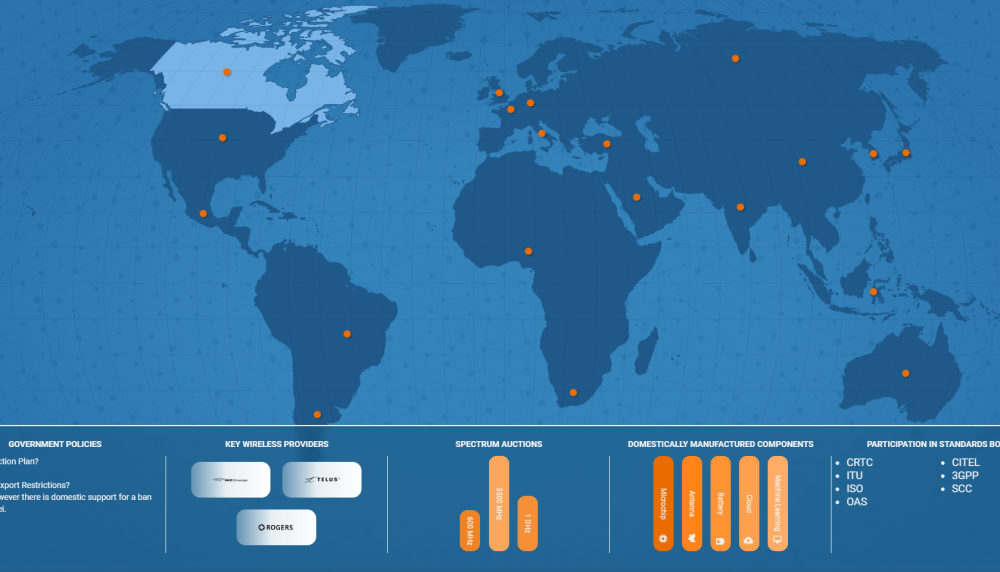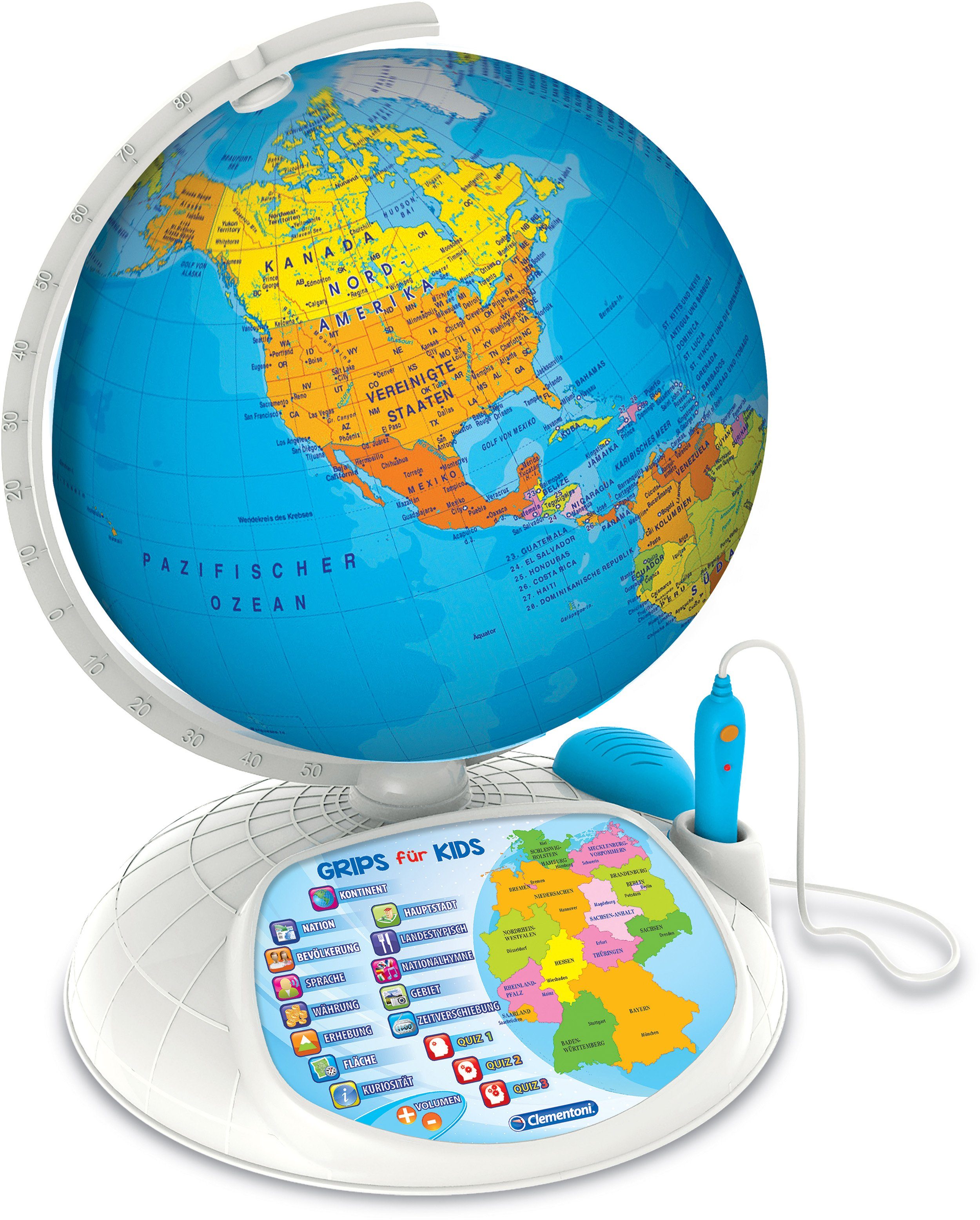

When faced with challenges throughout the engineer process, the majority of respondents said they’re relying heavily on two factors: personal experience (69%) and simulation (53%). Why? Increased performance and quality requirements, shortened schedule, and number of components were among the top factors given. In a survey conducted by Tech-Clarity, 44% of respondents from a broad cross-section of industries said decisions affecting competitiveness have gotten harder.

It’s no surprise they are often feel ill equipped when faced with complex engineering decisions. While designers and engineers strive to imagine and deliver innovative products and experiences, this new market makes clear the difficult task of navigating different and often conflicting requirements to meet and exceed the customers’ expectations. They must fit budget constraints and be delivered on time. Customers demand products with a reduced carbon footprint encompassing the latest innovations and a great overall user experience. In a turbulent economy phase such as the one we are currently experiencing, customer expectations shift as inflation rises, supply chain challenges persist, and environmental, social and governance (ESG) considerations soar. Soaring customer expectations and complex requirements In this post, we will explore how science-based modeling and simulation is at the heart of modern product innovation.

To mitigate these limitations, all of F1’s teams have invested in simulation to develop and fine-tune their expensive machinery – worth between $12 and $15 million each.Īlthough F1 is an extreme example, the same trend is happening across all industries: Departments in charge of innovation rely heavily on science-based modeling and simulation to accelerate the innovation cycle and cut design costs. Teams must follow strict technical regulations from a governing body (FIA) and physical testing at a track is expensive and limited to six days per year. Developing an F1 contender is a complex and expensive endeavor. Formula 1 cars epitomize the bleeding edge of innovation.


 0 kommentar(er)
0 kommentar(er)
